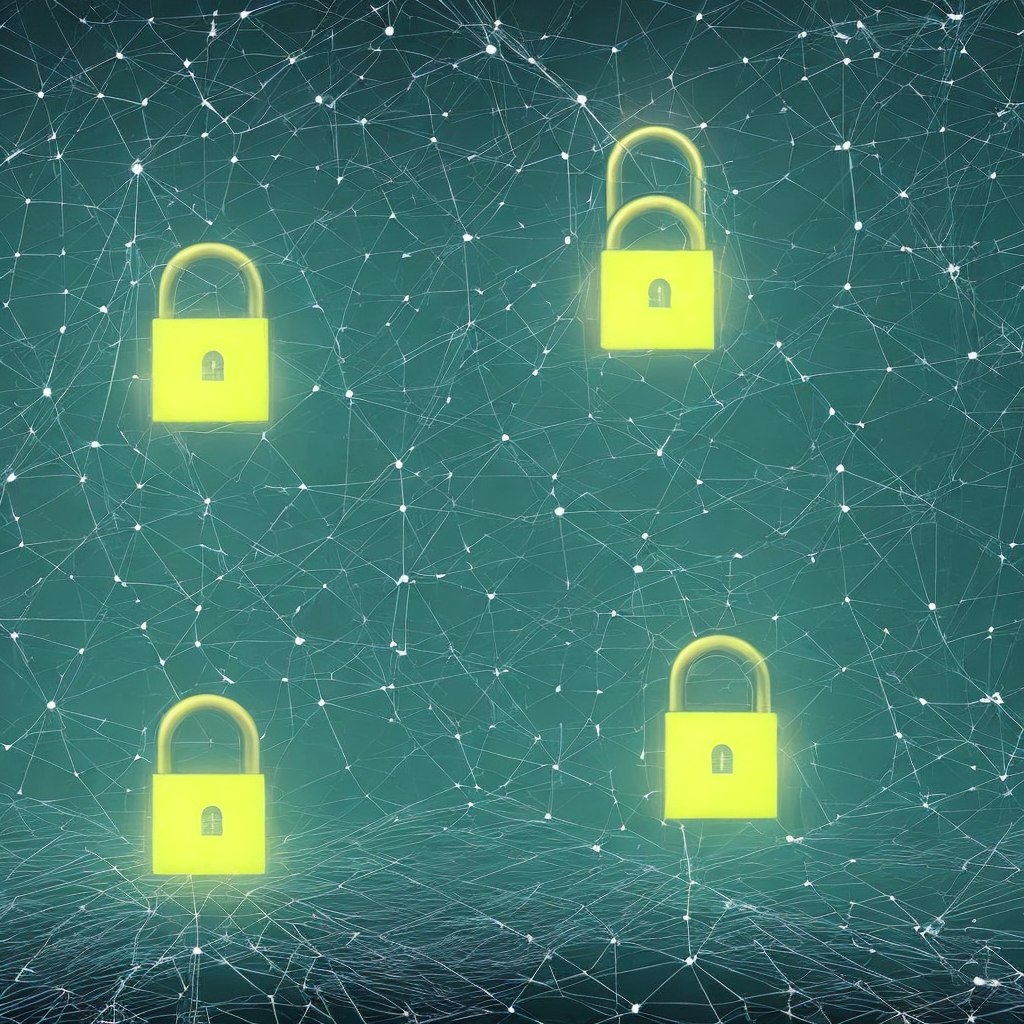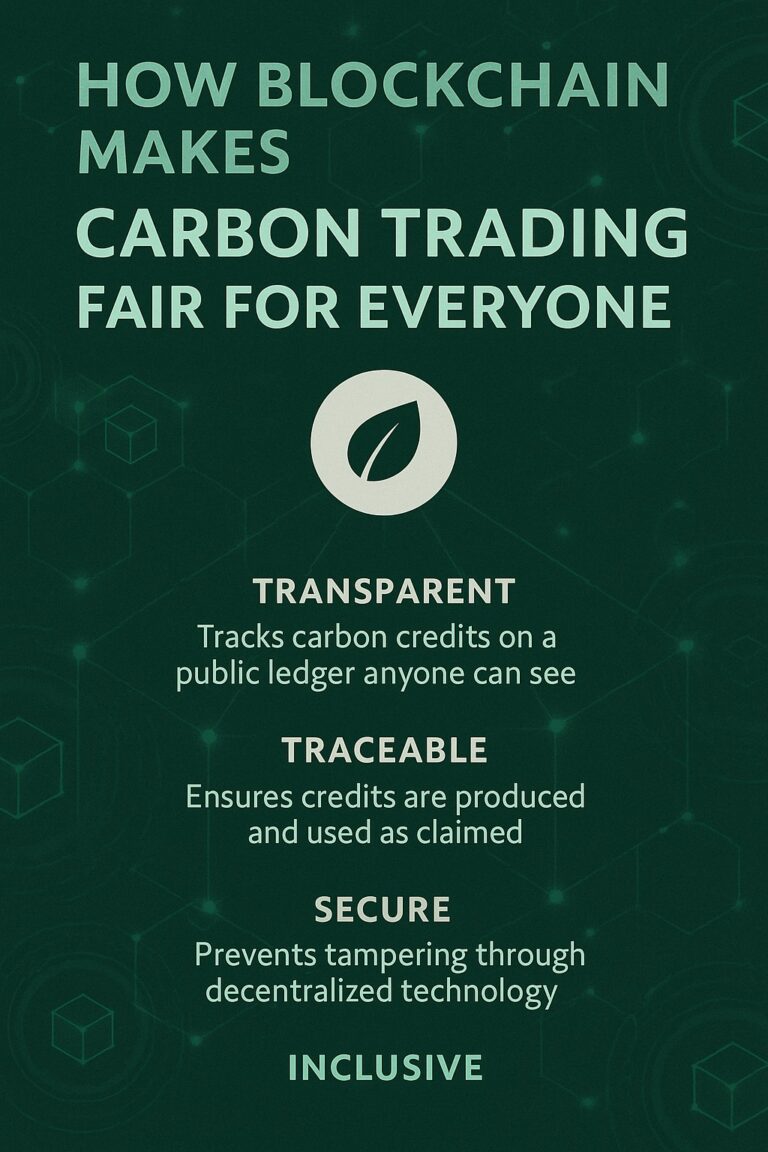Understanding Web3: The Next Evolution of the Internet
*Imagine an internet where you have complete control over your data, where digital transactions are secure and transparent, and where you can own a piece of the digital space you contribute to. This is the promise of Web3.*
What is Web3?
Web3 is the third generation of the internet, where websites and apps will be able to process information in a smart, human-like way through technologies like machine learning, big data, decentralized ledger technology, and more. It’s a step beyond our current internet (Web2), which connected the world through social networks and mobile usability.
The term “Web3” was coined by Ethereum co-founder Gavin Wood, and it primarily refers to decentralized apps (dApps) that run on the blockchain. These dApps give users a level of interaction and control not seen in previous generations of web technology.
The Pillars of Web3
1. Decentralization: Unlike Web2, where data is stored in centralized servers, Web3 is built on a decentralized network, often a blockchain. This means no single entity has control over the entire network, making it more resistant to censorship and central points of failure.
2. Blockchain: Web3 uses blockchain technology to maintain a tamper-proof ledger of transactions and allows for the creation of smart contracts—self-executing contracts with the terms directly written into code.
3. Token-Based Economics: Web3 incorporates cryptocurrencies and tokens, enabling not just the exchange of value but also the ability to earn digital assets for contributions to the network (like creating content or providing computing power).
Benefits of Web3
Ownership and Control: Users have ownership and control over their own data. With Web3, you can have a digital identity that you control, which can be used to interact with dApps across the web without surrendering personal information to central authorities.
Privacy and Security: Enhanced privacy and security are inherent in Web3 due to encryption and decentralization. It’s much harder for a single breach to compromise a significant amount of data.
Interoperability: Web3 aims for a more interoperable internet. dApps are built to work across platforms and devices, without siloed services.
No Intermediaries: With the use of smart contracts, transactions and agreements can be carried out directly between the involved parties without the need for intermediaries, reducing costs and increasing efficiency.
Incentivization: The token-based economy rewards users and creators directly, unlike the ad-based revenue model of Web2, which primarily benefits platforms and intermediaries.
Challenges and Considerations
While Web3 offers significant benefits, there are also challenges to consider. Scalability, user experience, and regulatory issues are still being worked out. Moreover, the energy consumption of blockchain technologies and the digital divide are concerns that need to be addressed as Web3 develops.
The Future with Web3
Web3 is still in its infancy, but it’s poised to create a more user-centric internet. It’s an exciting time to be involved in this new phase of the web, where you can be a part of building a more democratic, secure, and open digital world.
For a visual representation, consider adding an infographic that illustrates the evolution from Web1 (static pages) to Web2 (interactive and social media) and now to Web3 (decentralized and blockchain-based). Alternatively, a diagram showing the decentralized nature of Web3 compared to the centralized Web2 could be very effective.






